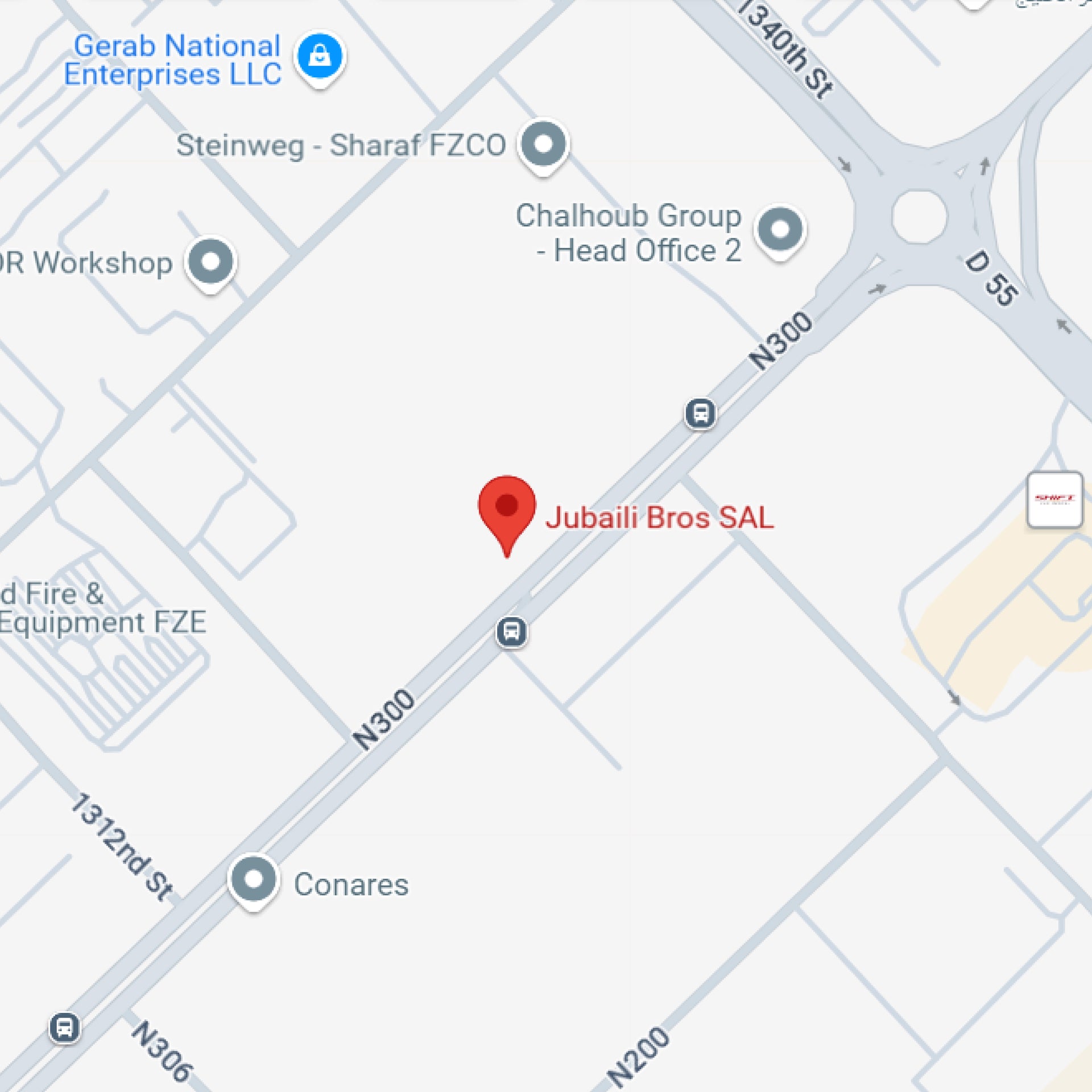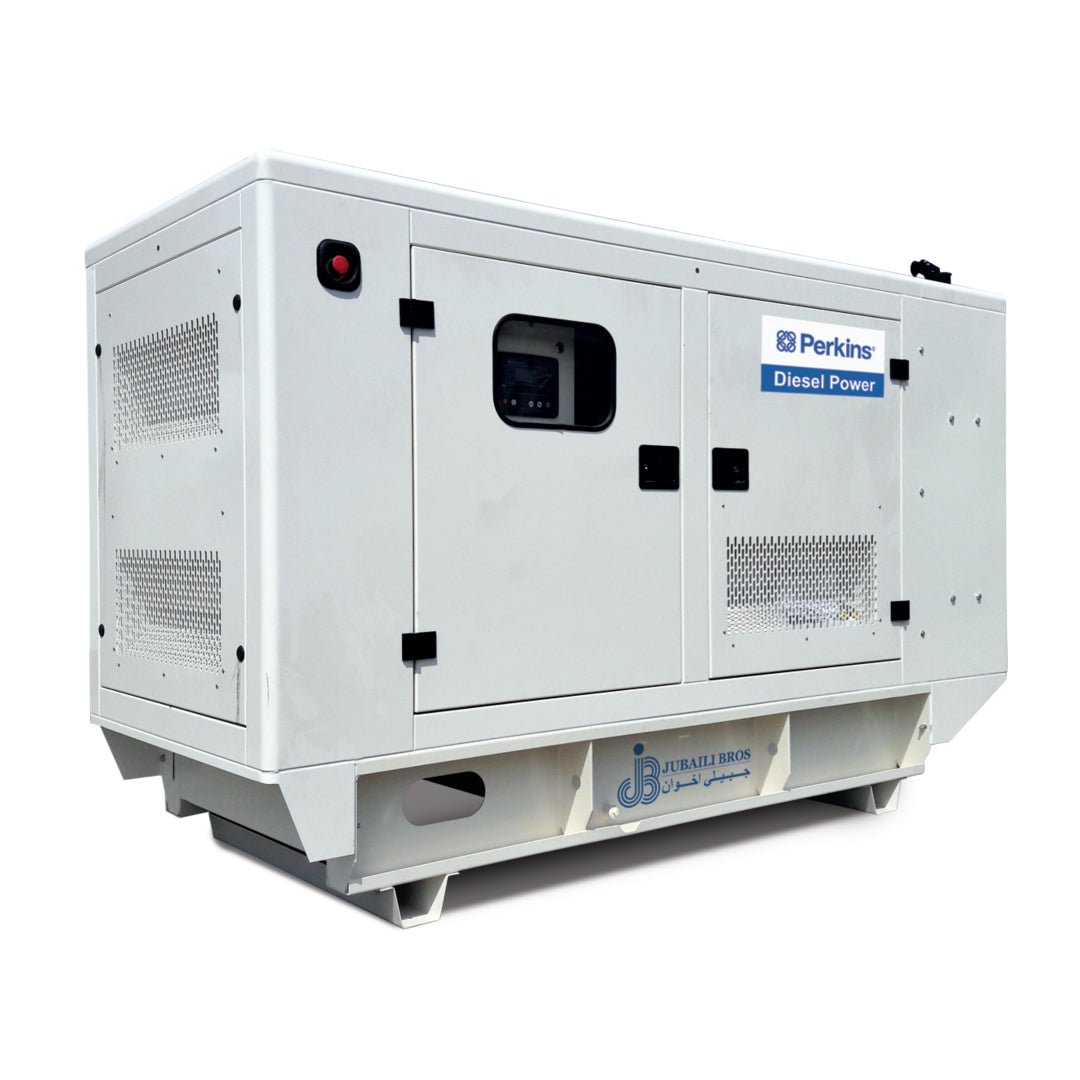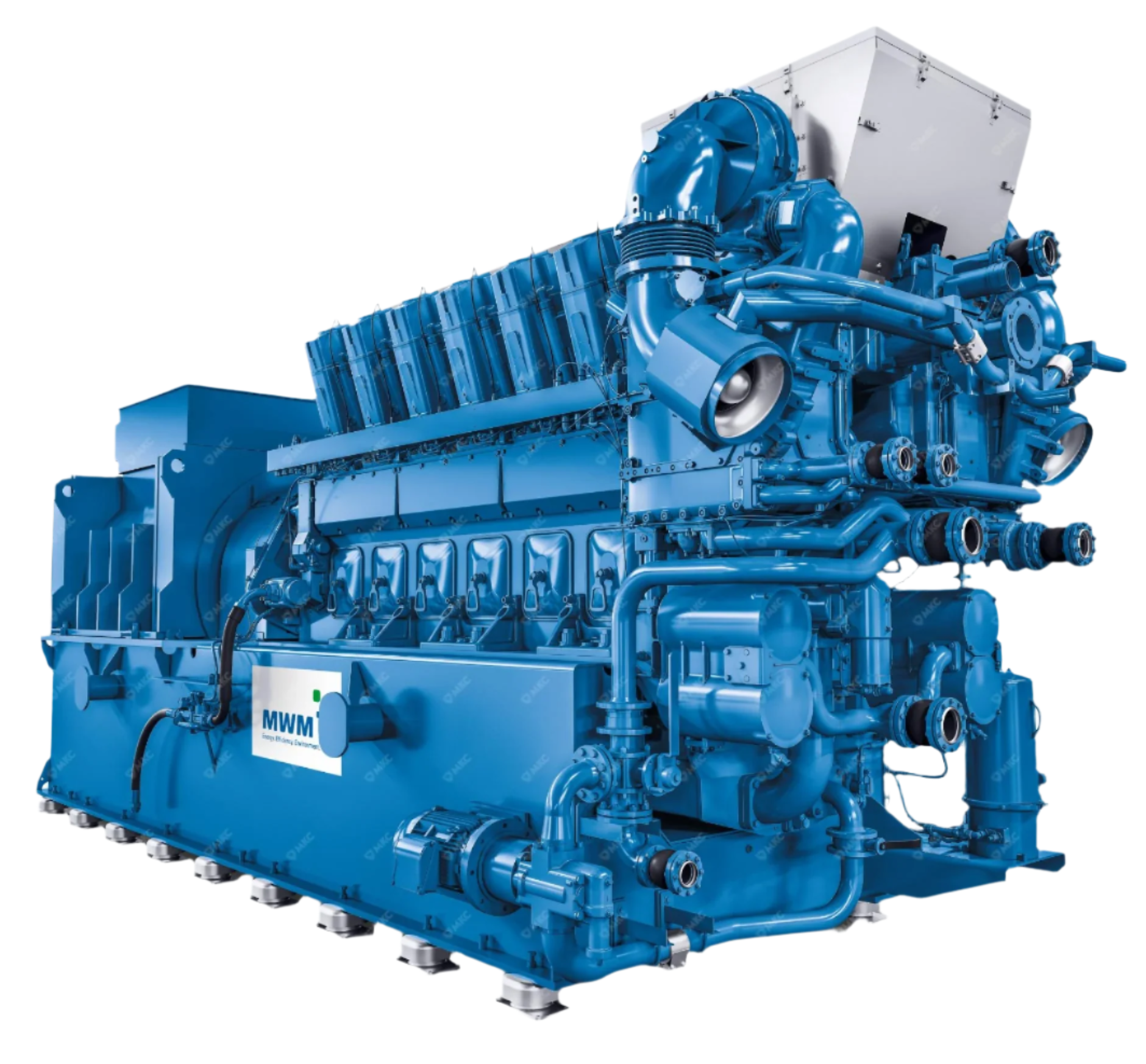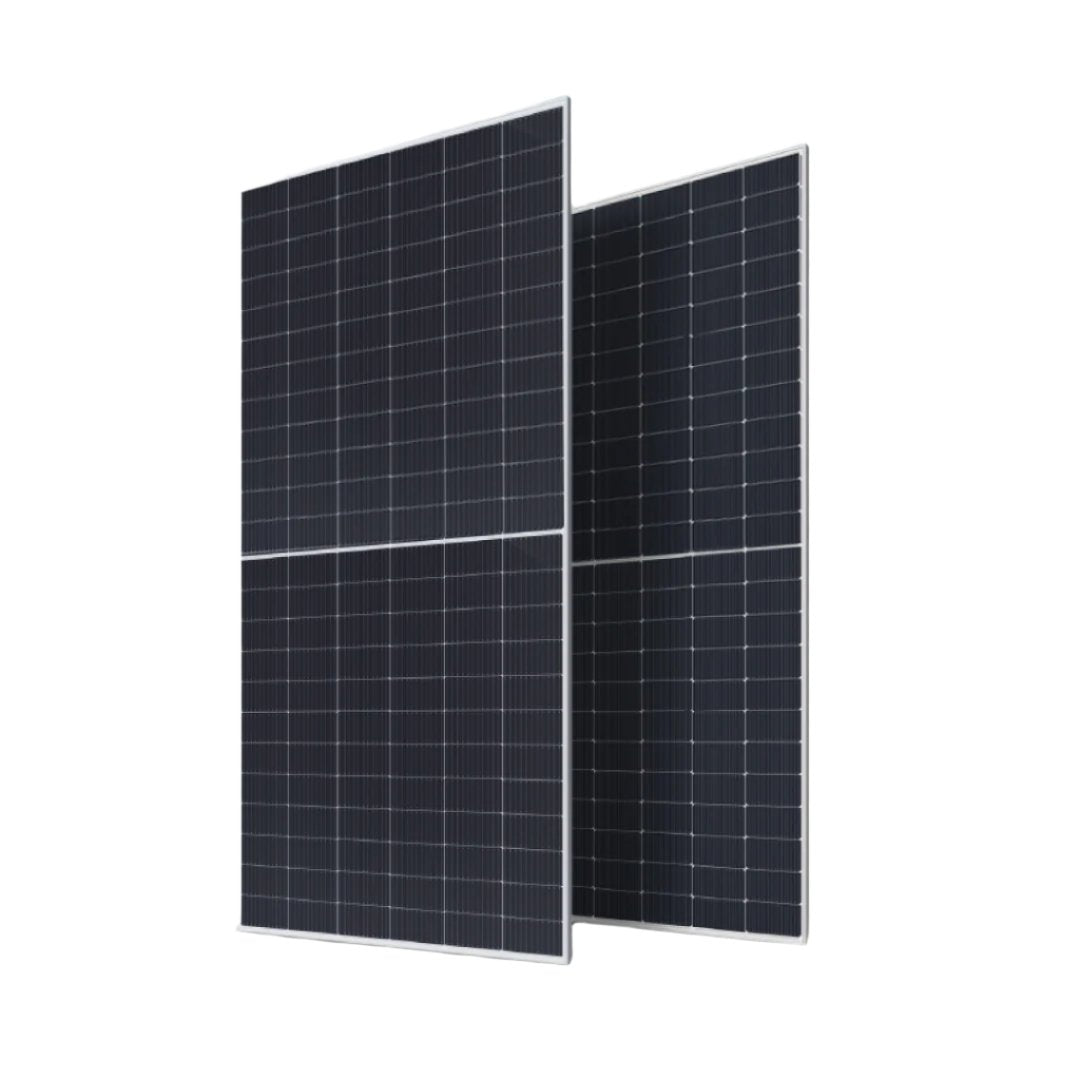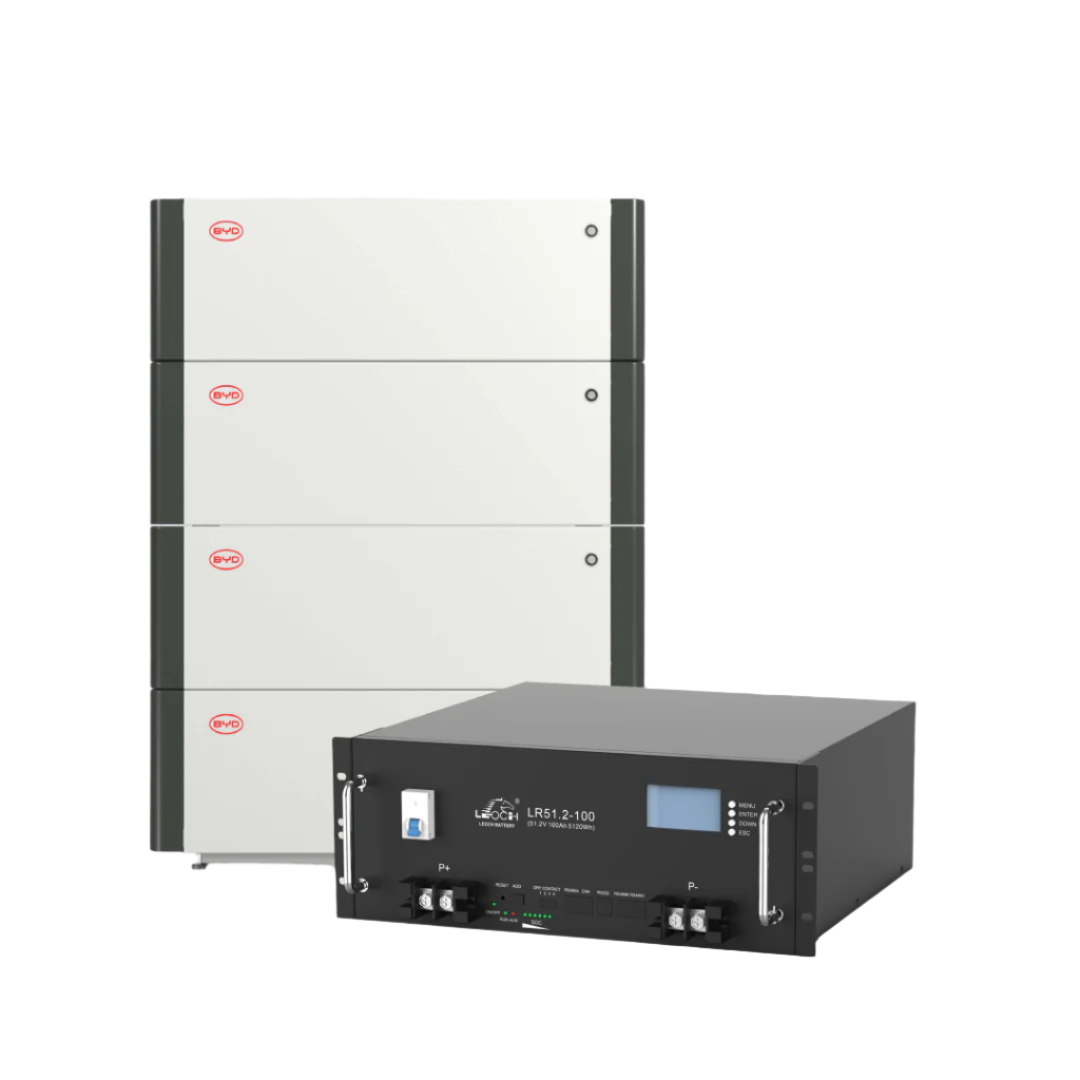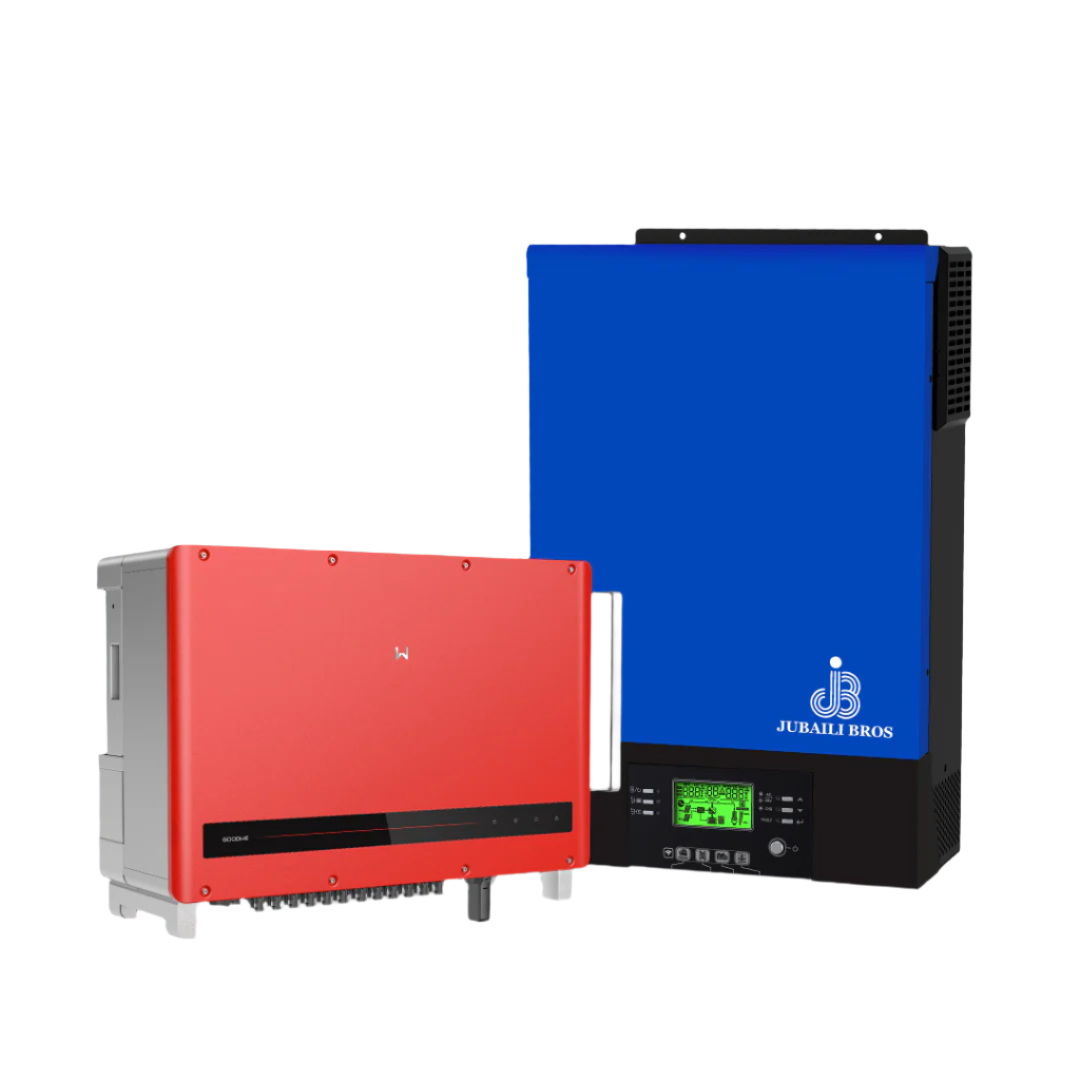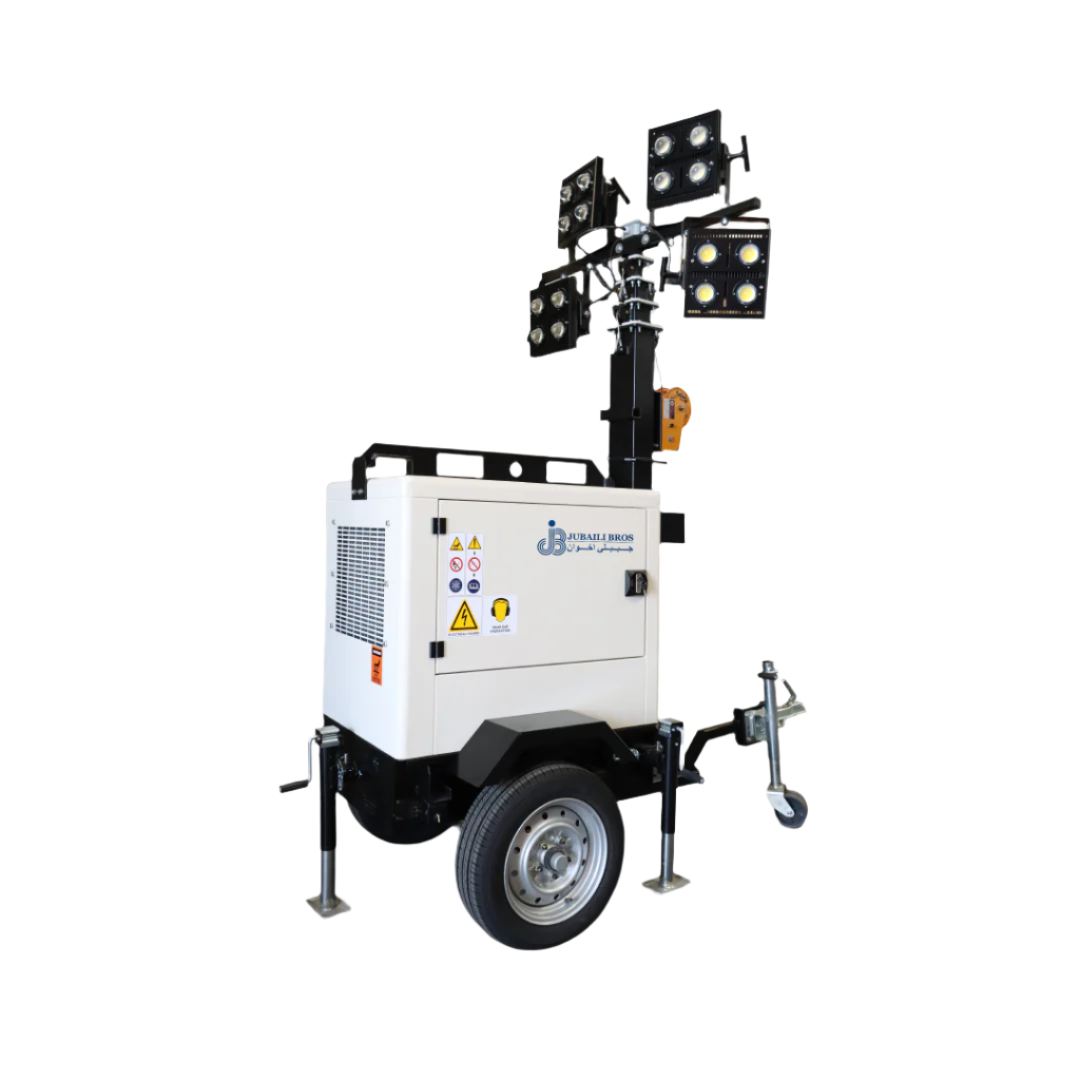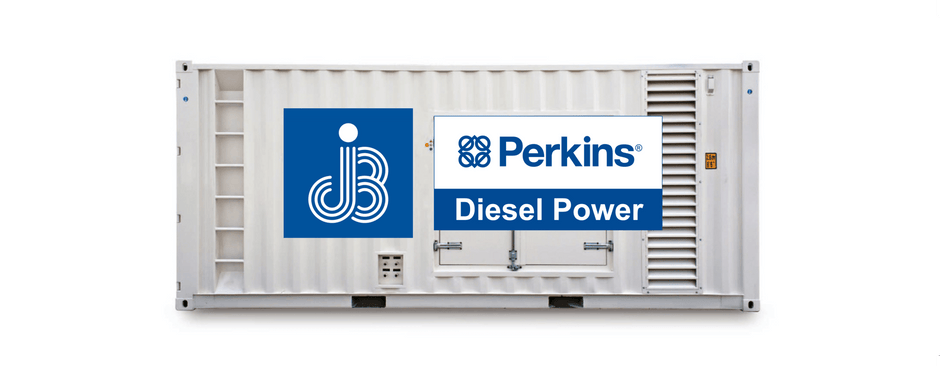Choosing a diesel generator goes beyond calculating peak load or matching a building’s electrical profile. One of the most critical decisions in the specification process is selecting the correct duty rating: Standby, Prime, or Continuous. Each rating defines how the generator is designed, tested, and warranted in terms of running hours, load factor, and overload capability. Selecting the wrong rating can lead to premature wear, excessive fuel consumption, or even warranty disputes.
This article explains the differences between these ratings, how to choose the right one, and why it matters in terms of operational efficiency, regulatory compliance, and the Jubaili Bros direct warranty model.
Why Are There Different Generator Ratings?
Diesel generators operate in diverse environments—from data centers that rarely experience outages to construction sites with variable power demand. To account for these variations, ISO 8528‑1 and generator OEMs such as Perkins and FG Wilson define different operational ratings. These classifications reflect real-world duty cycles and allow engineers to tailor the generator to the application, optimizing cost, performance, and reliability.
For example, a set that runs 16 hours daily must handle thermal loads, wear cycles, and service intervals very differently than one that starts only during utility failures. That’s why aligning the rating with the application is essential—not just for performance, but for preserving the manufacturer’s warranty.
Standby Power (Emergency Backup)
Definition: Standby power, also referred to as Emergency Standby Power (ESP) or Limited-Time Running Power (LTP), is the maximum output the generator can deliver under variable load conditions during a utility outage. ISO restricts this to 500 hours per year, with no more than 300 hours continuously. Standby sets are not designed for overload, and their average load factor must remain ≤ 70%.
Common Applications: Critical infrastructure such as hospitals, telecom base stations with UPS bridging, commercial high-rises, and life-safety backup systems in airports and tunnels.
Design Characteristics: Engines are optimized for rapid startup and short bursts of high load, rather than long-term fuel efficiency. Lubrication schedules are often calendar-based, making oil changes necessary even if the unit was never activated.
Prime Power (Variable Load)
Definition: Prime power is suitable for unlimited annual hours with a recommended average load factor of 80%. It includes an overload capacity of 10% for 1 hour in every 12. This rating is ideal for applications where the generator serves as a regular or frequent power source.
To illustrate, consider a 641 kW prime-rated set. A mixed-load usage profile over 12 hours could look like this:
- 1 hour at 40% (256 kW)
- 1 hour at 50% (320 kW)
- 2 hours at 60% (769 kW)
- 3 hours at 100% (1,923 kW)
- 1 hour at 110% overload (705 kW)
- 2 hours at 80% (1,026 kW)
- 1 hour at 70% (449 kW)
- 1 hour at 100% (641 kW)
This results in an average of 79%—within ISO’s allowable range for Prime applications.
Common Applications: Construction sites, rental generators, hybrid microgrids, off-grid power in mining or agriculture, and peak-shaving installations.
Continuous (Baseload) Power
Definition: Sometimes labeled Continuous, Baseload, or DCC (Data Centre Continuous), this rating is for constant load applications with unlimited running hours and no overload capability. The rated power is typically 70–85% of the Standby rating.
Common Applications: Islanded power systems, industrial processes requiring stable generation, and high-tier data centers that run exclusively on generator power for quality control or redundancy purposes.
Quick Reference Table
- Annual Hours: 500 (Standby) | Unlimited (Prime/Continuous)
- Average Load Factor: ≤ 70% (Standby) | 80% (Prime) | 100% fixed (Continuous)
- Overload Capability: None (Standby) | 10% for 1hr/12hrs (Prime) | None (Continuous)
- Best For: Emergency use | Variable load profile | Constant industrial loads
How to Choose the Right Rating
Begin with a thorough load profile analysis that identifies minimum, average, and peak loads. For facilities with fluctuating demand, construct a load duration curve. If the average utilization exceeds 70–80%, Prime or Continuous ratings should be considered.
Additional Factors:
- Compliance and Safety Codes: Local regulations may mandate Standby classification for specific emergency systems.
- Fuel Efficiency: Prime-rated engines often feature optimized combustion profiles and burn up to 5% less fuel than standby sets at partial load.
- Maintenance: Continuous sets are built for durability, with enhanced filtration systems and longer oil change intervals, minimizing lifecycle costs.
Environmental Derating
High altitude, extreme temperatures, or poor fuel quality can significantly affect performance. Use manufacturer-provided derating curves to compensate, and always include a safety margin in sizing decisions.
Case Example
Consider a plant requiring 450 kW average with peaks to 600 kW, running 16 hours daily off-grid. A prime-rated 750 kVA (600 kW) unit meets the requirements. However, if that same plant installs solar panels and diesel runtime drops below 200 hours per year, a standby-rated generator could save roughly 10% in capital expenditure without sacrificing reliability.
Warranty and Support Considerations
The selected rating must align with the actual usage to ensure warranty validity. At Jubaili Bros, we take full direct responsibility for our generator sets, from initial sizing to after-sales support. Our warranty model eliminates the "third-party referral loop" that often delays issue resolution. Customers deal with us—no OEM runarounds, no finger-pointing.
This commitment means we need accurate load data and duty classification upfront. If a Prime-rated engine is mistakenly used in a Continuous application, or if a Standby set is overloaded beyond its ISO allowance, the warranty may be compromised. That’s why getting the rating right is critical—not just for performance, but for lifecycle assurance.
Conclusion
Duty rating is not an afterthought—it is central to generator specification. A mismatched rating leads to inefficiency, shortened lifespan, and possible warranty loss. By understanding the operational limits of Standby, Prime, and Continuous ratings—and aligning them with real-world usage—engineers and facility owners can make smarter, more cost-effective decisions.
For any questions, please contact us.



